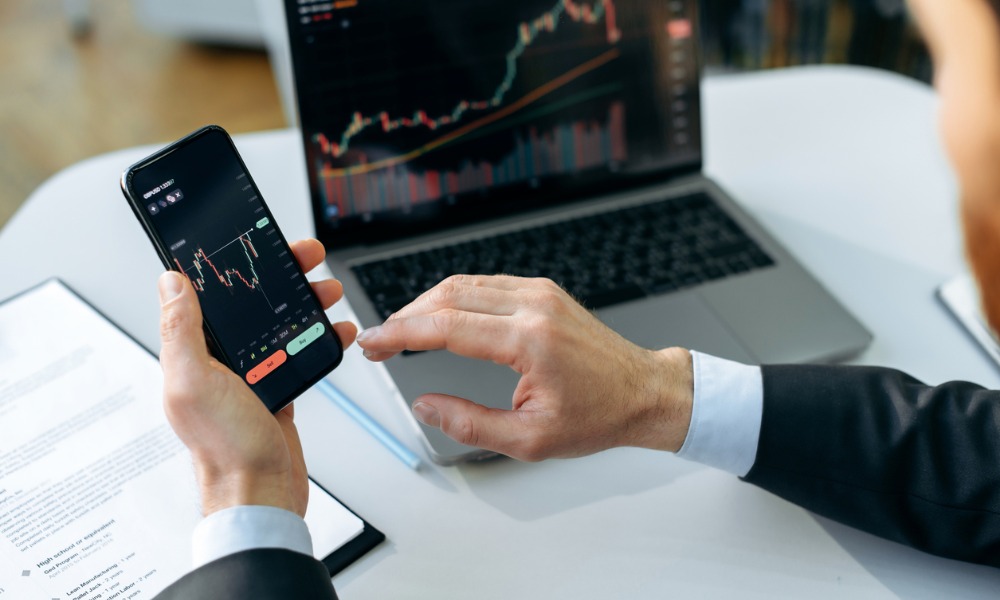How do trading bots make decisions?
Within the dynamic landscape of modern financial markets, artificial intelligence-driven trading bots are emerging as a transformative influence. Fueled by AI, these automated programs meticulously sift through extensive data sets, identify lucrative trading prospects, and swiftly execute transactions with a speed that surpasses human capacity.
But have you ever wondered how these trading bots determine their decisions? What sort of AI technology powers these ultra-intelligent systems to identify profitable trades that humans might miss? While trading bots employ sophisticated techniques under the hood, understanding their fundamental decision-making processes is broken down into relatively simple concepts. Let’s peek under the hood:
Rules-based strategies
At their most basic level, many trading bots still follow defined rule-based strategies codified by human traders or quant analysts. These are essentially automated versions of traditional technical trading strategies like:
- Moving average crossovers
- Support/resistance levels
- Candlestick patterns
- Trading range breakouts
- Indicator signals (RSI, MACD, etc.)
The key difference is instead of a human trader manually interpreting indicators on charts, the trading bot continuously monitors these technical parameters in real time across multiple assets. When the predefined rules are triggered based on data inputs, the bot automatically executes the corresponding trade.
For example, a trading bot is programmed to initiate a long position if a stock’s 50-day moving average crosses above its 200-day average after identifying this bullish signal. Or go short when prices breach a certain Fibonacci support level. While still rules-based, these automated strategies eliminate human emotion and inconsistencies in trade execution and allow for rapid response times that humans cannot match. For info about quantum ai check quantumai.bot.
Machine learning trading models
More sophisticated trading bots leverage advanced artificial intelligence and machine learning techniques to make data-driven trading decisions without being explicitly coded with technical rules. These AI models identify complex statistical patterns and non-linear relationships that could signal potential trading opportunities by studying and learning from massive historical pricing data, order flows, news events, and social media sentiment. Popular machine-learning approaches for trading include:
- Neural networks
Inspired by the human brain, neural networks are AI models that decipher complex patterns by processing data through interconnected layers of neurons/nodes to arrive at predictions. This allows them to simultaneously analyze relationships between countless factors that may impact asset prices.
- Reinforcement learning
These self-learning AI models use trial-and-error methods within simulated trading environments to develop optimal strategies through repeated iterations while adjusting to maximize profitability and ‘rewards’.
- Natural language processing (NLP)
By applying NLP techniques to comprehend text data like news reports, company statements, and social media, trading bots gauge market sentiment and sentiment shifts that may foreshadow upcoming price movements.
These AI models have self-correcting feedback loops to continuously learn and refine their decision engines by incorporating new real-time data as markets evolve.
Trading signal generation
More commonly, trading bots may not be fully autonomous decision-makers. Instead, they act as AI-powered intelligent assistants that continuously scan markets and generate potential trading signals by running multiple models in parallel:
- Statistical arbitrage opportunities across correlated assets/markets
- Build-up of unusual positioning, order flow imbalances
- Earnings, economic events with material impact
- Spotting transient pricing inefficiencies
- Monitoring technical indicators at scale
These trading signals are then presented to human traders and portfolio managers who evaluate and decide whether to pull the trigger on an execution strategy.
Multi-model ensemble approaches
To ensure robust decision-making, advanced trading bot architectures will employ ensembles that combine various AI techniques, data sources, and strategies to create unified systems. For example:
- A neural network may analyze raw pricing data
- Plus, an NLP model processing news/social sentiment
- Reinforcement learning optimizing execution tactics
- With a rules-based strategy as the final decision layer
This stacking of multiple AI models creates a unified system that ideally harnesses each approach’s strengths while cross-validating to avoid any single model’s blind spots.




